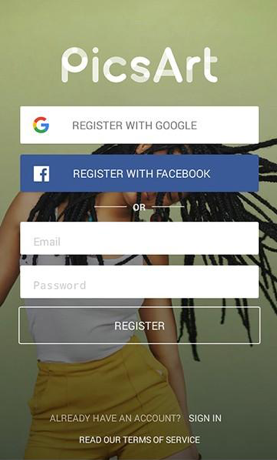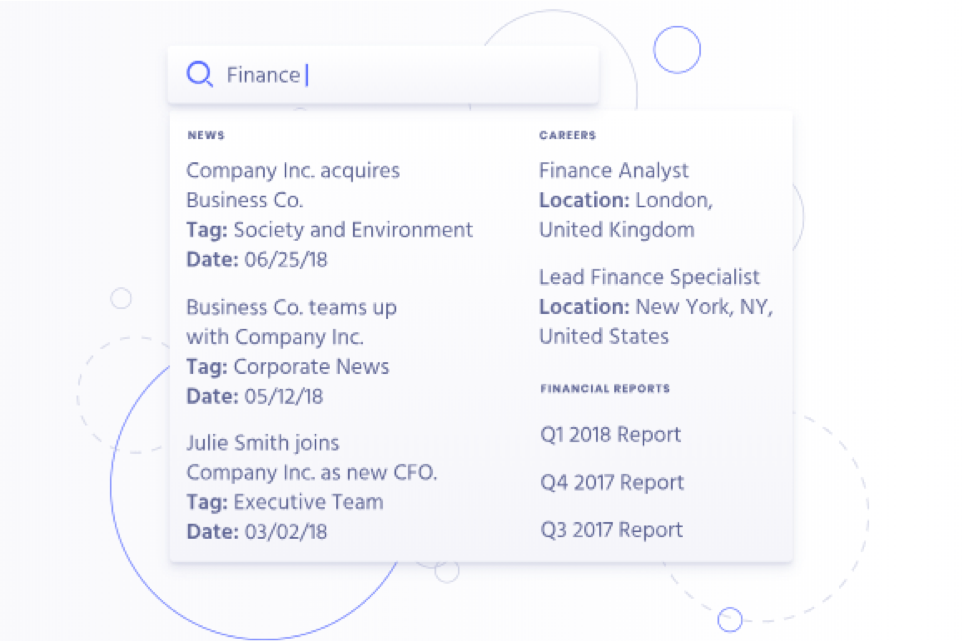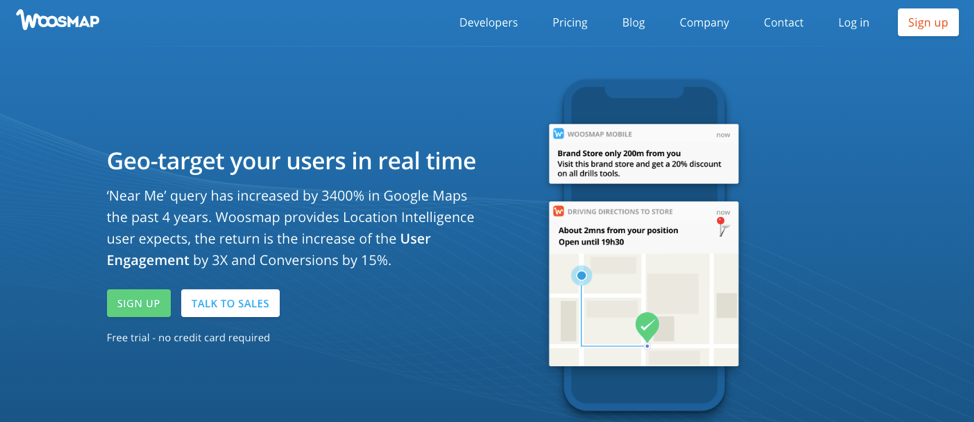Younger generations looking to kickstart their career share similar priorities to small businesses looking to get off the ground.
The first step for many small businesses looking to get off the ground is establishing a brand. Whether they are working independently or they have hired a branding agency, this phase is instrumental in getting reaching the right audience.
Similarly, as more companies use LinkedIn as part of their recruiting strategy, it is becoming increasingly important that young professionals establish personal branding on LinkedIn early in their career. Those who engage with the platform to build an online presence will find increased access to internship, jobs, and other opportunities.
LinkedIn is a social media platform that encourages between users, helping them create a network to advance their careers.
In this post, we will explore several ways you can leverage some social media marketing best practices on LinkedIn to kickstart your professional career:
- Optimize your profile to reflect your brand
- Create captivating content for your followers
- Join groups that align with your interest and career goals
- Connect with other professionals in your industry
- Reach out to new connections
Young professionals that follow these five steps to promote themselves on LinkedIn will open up numerous opportunities for career advancement.
1. Optimize Your LinkedIn Profile to Reflect Your Brand
Similar to when you are promoting a business, first impressions are extremely important in building a personal brand.
Your profile is one of the first things other users see, so optimizing is instrumental in driving engagement.
Think about of how you want your professional identity to be perceived online, and adjust your profile accordingly.
Below are ways you can spruce up your LinkedIn profile:
-
Take a high-quality, professional photo with a 400x400 size. For the background photo, choose something that represents your brand as well. Try using design software to customize the image to include a logo or title, if applicable.
-
Write an attention-grabbing headline. Check out other users who share the same experience as you to compare headlines and summaries.
-
Have peers and employers leave recommendations. This insight can serve as social proof to future employers and offer testament to quality of work you can deliver.
Since you are aiming increase your exposure and reach people you haven’t yet formed a connection with, it’s vital to make an excellent first impression to get the ball rolling and increase engagement.
2. Create Captivating Content for Your Followers
When posting on LinkedIn, you can’t just publish whatever content you want, whenever you want.
Similar to optimizing your profile, you need to consider two factors when planning your posts — the best type of content to include and when to post it.
Type of Content
LinkedIn is similar to most social media platforms in that great copywriting skills and visuals are a must. You can post text, links, images, and videos. You can even include hashtags to help increase the reach of your posts.
With that many options, it’s important to identify the content format that works best with your connections and the audience you are trying to reach.
For this, you need a social media management tool like Amplifr. Many top digital marketing agencies use tools like this to track their efforts, but the interface is simple enough to understand and can help you analyze how your posts perform over time.

It measures impressions and clicks for each post, so you can infer the type of content people like to engage with.
However, this analysis is only possible if you scheduled your posts using Amplifr and have a sizable number of connections.
Time to Post
Much has been said about when you should schedule your post for publishing. In fact, a quick Google search would show 104 million pages related to this topic.

With that many results, it’s clear that there is no single answer to this question.
Why? Because not all audiences are the same.
The best time to post on LinkedIn depends on how often your specific audience engages with the platform and the exact timeframe they spend online each day.
Social media management tools can also provide this insight. Amplifr shows you which hours in a day are your connections online the most. This way, you can schedule your posts to be published during those hours.
3. Join Groups That Align With Your Interests and Career Goals
LinkedIn groups are similar to Facebook groups. Members can post, reply, and read messages exclusive to group members.
While Facebook groups have much better admin features, LinkedIn groups help you promote your knowledge and experience to increase connections.
Follow these steps to find relevant LinkedIn groups:
Step 1: Search for groups specific to your interests and experience.
Use the LinkedIn search feature to search the platform for your professional field and any related interests.

For example, type “digital marketing” in the search bar to see the results above. Then, filter to show groups related to that topic.
Step 2: Identify which groups have a high level of engagement and activity.
It’s best to check the quality and quantity of posts published within each group to understand the level of engagement within that network.
Then, join the groups that have lots of engagement and activity. If the group has a lot of new posts but zero engagement for months, it’s better to move on to the next group.
Step 3: Establish yourself as an active member of the group
Once you’ve decided which groups fit best with your interests, establish yourself first by replying to posts published within the past week or two.
By contributing and sharing your knowledge, you can offer expertise and promote your value.
When you’re comfortable, try initiating conversation by sharing tips or asking questions in a new post.
4. Connect With Other Professionals in Your Industry
As part of your brand development process to build a professional network, you need to identify who you want to connect with to help advance your career.
Look for influencers or people in your area with anyone with similar experience and connect with them on LinkedIn.
Aim to connect with leaders in your industry or anyone currently in a position you aspire to have.
It’s great to create a group of inspirational connections to look up to and learn from. Comment on their posts if possible, and stay up to date with their content. Make sure your replies encourage engagement. For example, ask questions or share your own insight.
Once you’ve established a foundational network, expand by connecting with users suggested by LinkedIn.
Add users that share most mutual connections with you. There’s a good chance these people are also open to engaging with you because you probably run in similar circles.
From here, engage and connect with them to build new professional relationships.
5. Reach Out to New Connections
Once you’ve built a rapport within your network through commenting on posts and engaging with other members, it’s time to take your LinkedIn strategy to the next level.
Connections are one of the best ways to build relationships through LinkedIn. Filter through your network to see who you’ve engaged with most frequently, looking at comments, replies, and even direct mentions
Then, brainstorm ways you can help each other or work together.
For example, if you’re an SEO expert, you can identify their SEO needs before approaching them with an offer by running through their posts for any clues or conducting an SEO audit of their site beforehand.
Other suggestions on how to act on your connections include:
- Search for vacancies at their place of work
- Suggest collaborating on a project
- Agree to work on a blog post together
- Pitch developing a course or digital product together
These ideas just scratch the surface. You can find are so many other ways to leverage connections through LinkedIn to foster professional relationships.
Take Your LinkedIn Connections to the Next Level
By now, you should understand that it doesn’t matter how many LinkedIn connections you have if you are not acting on them.
Take existing relationships on LinkedIn to the next level benefits both you and your connections.
Additionally, smart engagement on LinkedIn can improve future work endeavors like email outreach.
The key is to be consistent with your engagement strategies and continually brainstorm how you can provide value to your connections.
The tips featured in this post should help you get started, even if you’re new to LinkedIn.